Building Images | Lucien Hervé
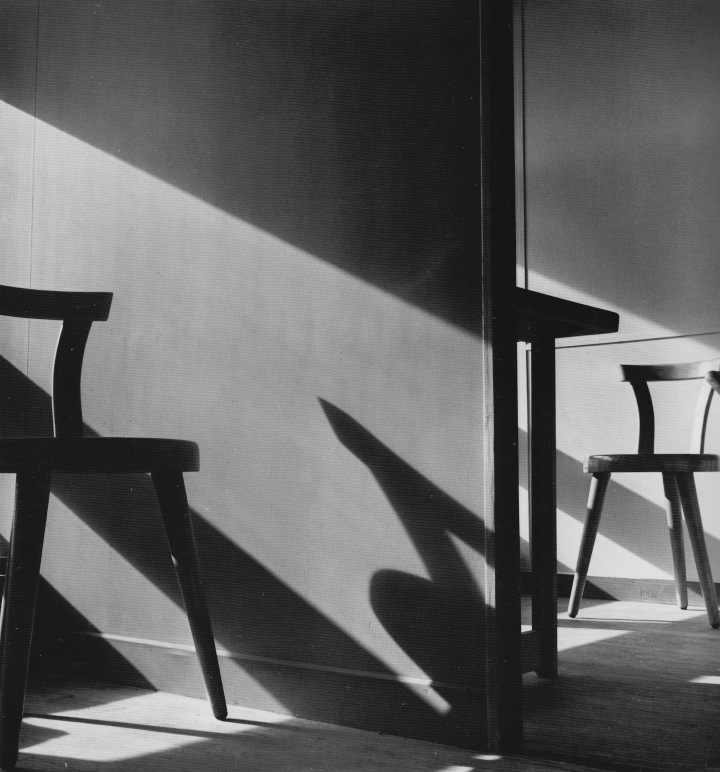
Charlotte Perriand Chair, Unité d’Habitation, Marseille, Le Corbusier, architect; 6 x 6 negative.

Wall in Belleville, Paris, 1947; vintage print.

Knossos, Crete, 1956; vintage print.
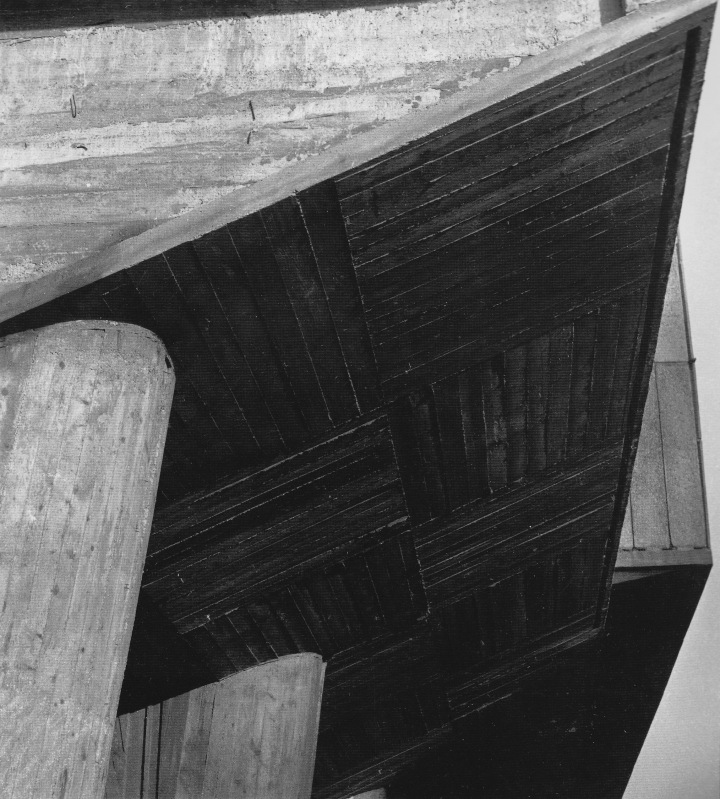
Unité d’Habitation, Marseille, Le Corbusier, architect, 1949; 6 x 6 negative.
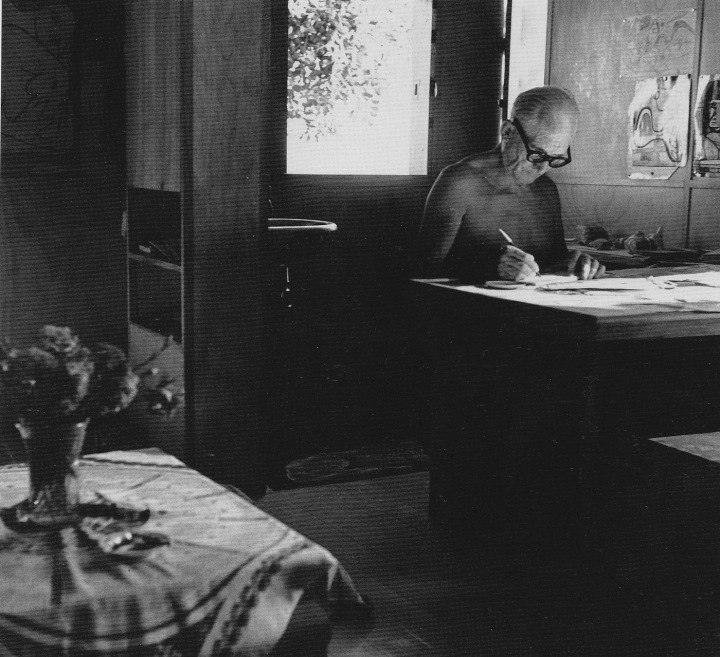
Le Corbusier in His Cabin, Cap-Martin, 1951.
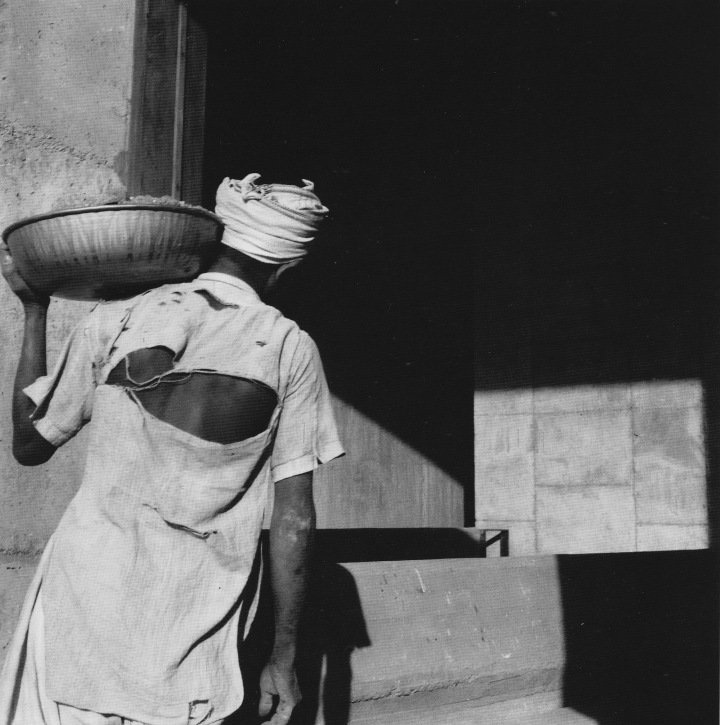
Chandigarh, the High Court, India, Le Corbusier, architect, 1955; cropped 6 x 9 negative.
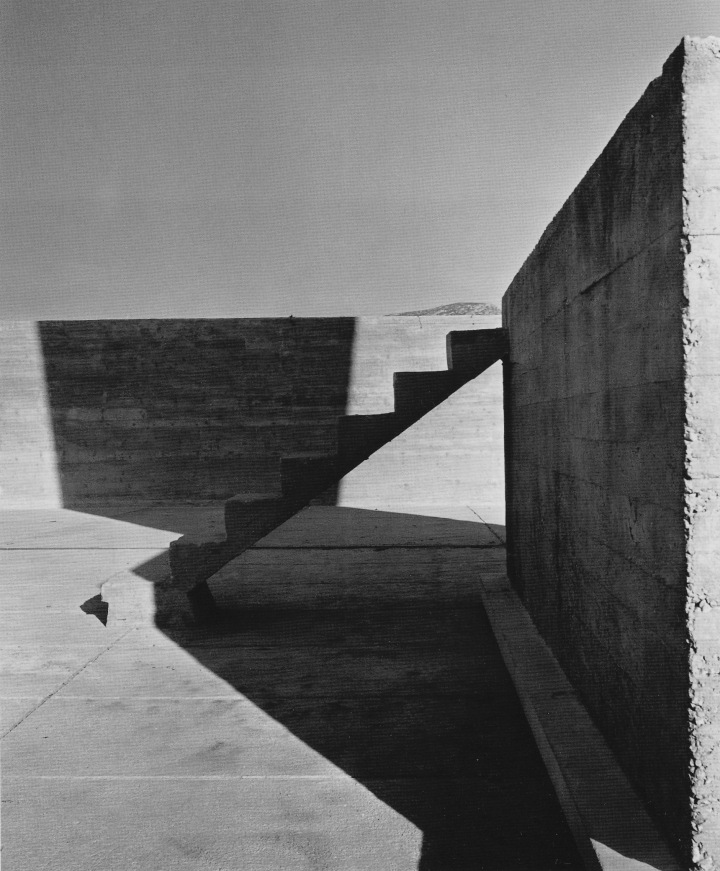
Unité d’Habitation, Le Corbusier, architect, 1952; cropped 6 x 6 negative.
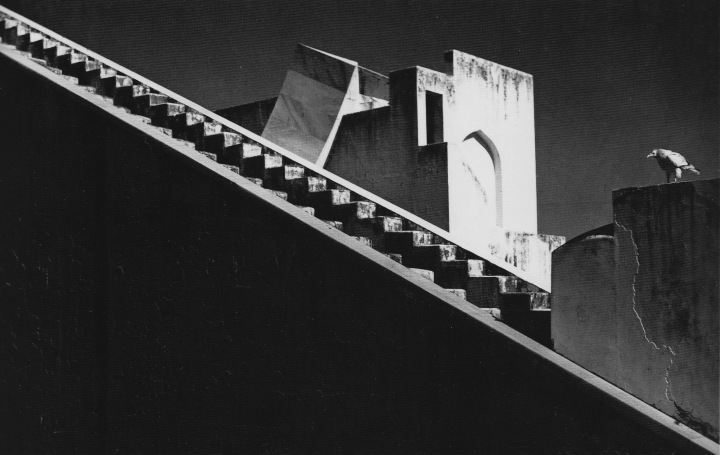
Jaipur, Observatory, India, 1955; cropped 6 x 6 negative.

Ronchamp Chapel, Le Corbusier, architect, 1953; cropped 6 x 9 negative.
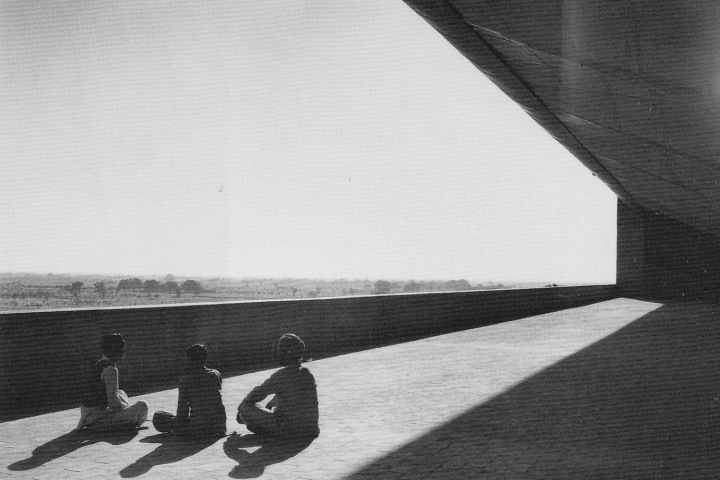
Chandigarh, The High Court, India, Le Corbusier, architect, 1955.
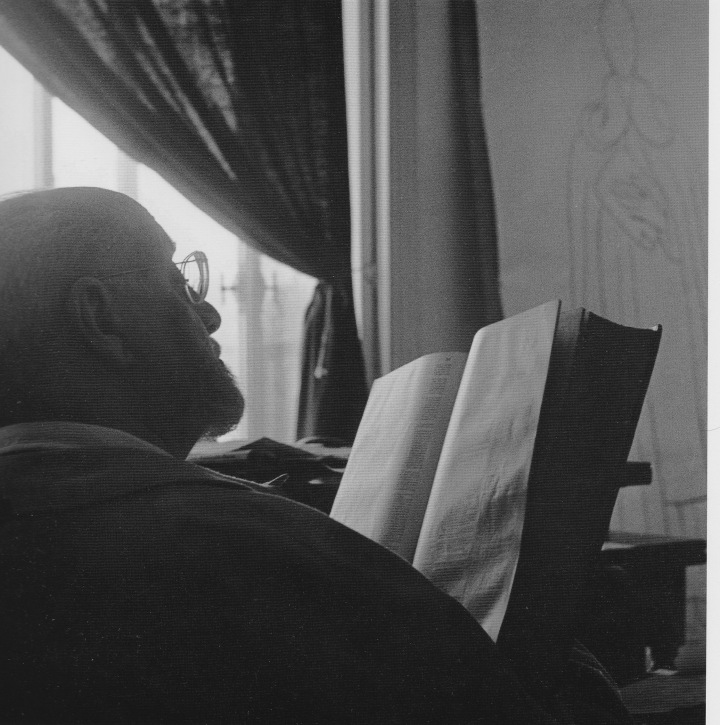
Henri Matisse, Painter and Sculptor, Hôtel Régina, Nice, 1949; 6 x 6 negative.
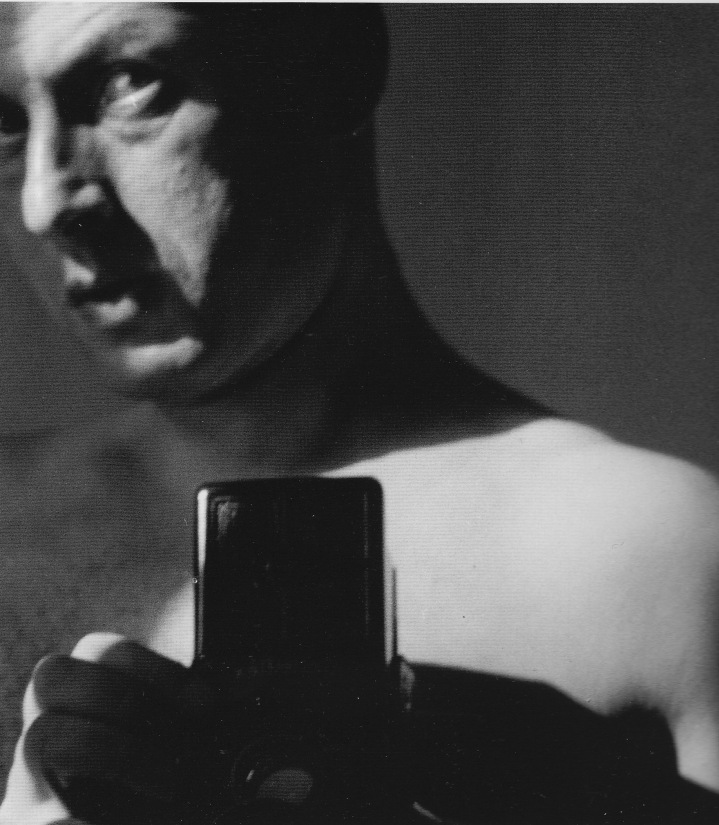
Lucien Hervé, Self Portrait, 1938.
Lucien Hervé was one of the great architectural photographers of the twentieth century and widely recognized for his collaborations with Le Corbusier from 1949 until the renowned architects death in 1965. Hervé approached his subjects, specifically the buildings he was commissioned to document, with a particular focus on conveying a sense of space, texture and structure. Through a strong contrast of light and shadow, Hervé defined the dialogue between substance and form as well as placing emphasis on building details. In this way, the photographer was able to communicate the depth of a room, the surface of a wall, or the strength of a buildings framework. However, Hervé the master of architectural photography has eclipsed Hervé the photographer, whose career began as early as 1938 and whose subject matter varied widely.
___
Building Images : Lucien Hervé
Oliver Beer
Getty Publications
2004
___
B
Maison Martin Margiela


Store in Los Angeles, Beverly Hills _ Opened on September 5th, 2007 _ Images of architectural details such as doors, stucco and moldings from Maison Martin Margiela’s former premises in Paris are are printed on transparent films

A/W 1990-91 _ Women’s show _ backstage

S/S 1990 _ Tabi boots with hand-tagged graffiti

A/W 2000-01 _ Cooperation magazine, oversized collection feature and snap shots of looks

1999 – Door sign, Boulevard Saint-Denis (headquarters of the Maison from 1990 to 1994)

A/W 2008-09 _ Women’s show, backstage

Headquarters, Paris _ Special installation in the rue Saint-Maur showroom

October 2008 _ Special and limited edition Tabi-boot shaped candle, Sent as a gift to celebrate the 20th anniversary of Maison Martin Margiela

Headquarters, Paris _ Dress forms in Martin Margiela’s studio, Boulevard Saint-Denis (headquarters of the Maison from 1990 to 1994)

S/S 2005 _ Arena Homme+ _ Line 0 _ Peter Doherty wearing a shirt printed with lipstick kisses

S/S 2007 _ Line 0 _ Invitation to the presentation of the ‘Artisanal’ collection, in the form of white embroidery on starched white cotton. It has maintained this form for every season since S/S 2006

A staff member on the stairs at the Paris headquarters, rue Saint-Maur

S/S 1998 _ View on colour _ Interview

Headquarters, Paris _ Workshop in the Maison Martin Margiela rue Saint-Maur offices

Store in Osaka _ opened on August 28th, 2003 _ Invitation and shoe display

Headquarters, Paris _ Men’s commerical showroom _ The custom made trunk and white tailors dummy’s identify the Line 14 concept: A classic and timeless wardrobe for men

The past is what binds us,
The future leads us.
___
Maison Martin Margiela
Rizzoli
2009
___
The Cult of Invisibility by Lucian James
R
Sachlich | Christian Boltanski






Objets confisqués par les Nazis et déposés au Musée Central des Juifs, Prague
(Items confiscated by the Nazis and deposited in the Central Jewish Museum, Prague)
1941-1945



Inventaire des objets ayant appartenu à une femme de Baden-Baden
(Inventory of items that belonged to a woman from Baden-Baden)
1973


Les habits de François C.
(The clothes of Francis C.)
1972




Objets trouvés dans les égouts de Zurich pendant la semaine du 1er au 10 Juin
(Items found in the sewers of Zurich during the week of 1 to June 10)
1994
Sachlich (Objective), part of a four part series that comprises Kiddish, surveys Boltanski’s principal motifs of place, memory and loss.
The banal tenor and specificity of context in Boltanski’s still-lifes introduce an interesting dialogue as the tonality and depth, or lack thereof, in his photographs render what are reasonably delicate subjects, into mute and objectified echos from a nonspecific time or place. Boltanski’s infatuation with confiscated war relics, (post-) belongings and objet trouvé presented throughout his tetrad make reference to the anonymity and translucence of memory, the interstitial space between sentimentality and indifference, and ultimately focus on transience, singularity and, often forced, despondency. These topos are poignantly represented in the thin vellum leaves of Sachlich that obscure and adumbrate the overleaf images, possessing the lucidity and vagrant non-specificity of memory itself.
Boltanski’s canon analyses notions of detachment and ephemerality in peculiar ways; monolithic aggregates of found and disregarded objects, candles and oxidized copper, or works of stone bare insight into an artist who’s works, ideologies and prehistory are often conflicting. Having absented himself from formal education in his preteens, Boltanski moved from rudimentary sculpture, drawing and painting to installations of pensive and introspective sculptural, filmic, and photographic works; questioning his own substance and significance in relation to memory, lineage and cultural praxis – the multidisciplinary nature and varied scale of these installations characterizes his work to date. An undercurrent throughout Boltanski’s work, and something that can often be difficult to grasp, is the over-simplification, and to a large degree the denial, of intellectual reason. When Boltanski’s work seems to display a profound melancholy or contemplation on histories past, it is the artist who abruptly categorizes his works as quotidian debris, coincidence or ‘stupid’ objects – stating that that it is ‘simply much easier to be dead, than to be alive.’*
___
Sachlich
Christian Boltanski : Toni Stooss : Catrin Wesemann
KUNSTHALLE Wien
1995
___
R
Bunker Archeology | Paul Virilio
 Observation post on a channel island (detail)
Observation post on a channel island (detail)
 ‘Barbara’ firing control tower on the Landes
‘Barbara’ firing control tower on the Landes
 Observation post on a channel island
Observation post on a channel island
 Observation post on a channel island
Observation post on a channel island
 Observation post on the English Channel
Observation post on the English Channel
 The Watten bunker – V2 launching site: the first of huge works designed to harbor stratospheric arms
The Watten bunker – V2 launching site: the first of huge works designed to harbor stratospheric arms
 The ‘Todt front’: The overhung solid mass complements the vertical gradings of the embrasure
The ‘Todt front’: The overhung solid mass complements the vertical gradings of the embrasure
 Observation post with flattened angles
Observation post with flattened angles
 Observation tower camouflaged as church belfry
Observation tower camouflaged as church belfry
 Tilting
Tilting
 Sinking
Sinking
Close to death, one no longer sees it,
and you gaze steadily ahead,
perhaps with an animal’s gaze.
– R. Rilke
The discovery of the of the sea is a precious experience that bears thought. Seeing the oceanic horizon is indeed anything but a secondary experience; it is in fact an event in consciousness of underestimated consequences.
I have forgotten none of the sequences of this finding in the course of a summer when recovering peace and access to the beach were one and the same event. With the barriers removed, you were henceforth free to explore the liquid continent; the occupants had returned to their native hinterland, leaving behind, along with the work site, their tools and arms. The waterfront villas were empty, everything within the casemates’ firing range had been blown up, the beaches were mined, and the artificers were busy here and there rendering access to the sea.
The clearest feeling was still one of absence; the immense beach of La Baule was deserted, there were less than a dozen of us on the loop of blond sand, not a vehicle was to be seen on the streets; this had been a frontier that an army had just abandoned, and the meaning of this oceanic immensity was intertwined with this aspect of the deserted battlefield.
But let us get back to the sequences of my vision. The rail car I was on, and in which I had been imagining the sea, was moving slowly through the Brière plains. The weather was superb and the sky over the low ground was starting, minute by minute, to shine. This well-known brilliance of the atmosphere approaching the great reflector was totally new; the transparency I was so sensitive to was greater as the ocean got closer, up to that precise moment when a line as even as a brushstroke crossed the horizon : an almost glaucous gray-green line, but one that was extending out to the limits of the horizon. It’s color was disappointing, compared to the sky’s luminescence, but the expanse of the oceanic horizon was truly surprising: could such a vast space be void of the slightest clutter? Here was the real surprise: in length, breadth, and depth the oceanic landscape had been wiped clean. Even the sky was as divided up by clouds, but the sea seemed empty in contrast. From such a distance there was no way of determining anything like foam movement. My loss of bearings was proof that I had entered a new element; the sea had become a desert, and the August heat made that all the more evident – this was a white-hot space in which sun and ocean had become a magnifying glass scorching away every relief and contrast. Trees, pines, etched-out dark spots; the square in front of the station was at once white and void – that particular emptiness you feel in recently abandoned places. It was high noon, and the luminous verticality and liquid horizontality composed a surprising climate. Advancing in the midst of houses with gaping windows, I was anxious to set foot on my first beach. As I approached Ocean Boulevard, the water level began to rise between the pines and the villas; the ocean was getting larger, taking up more and more space in my angle of vision. Finally, while crossing the avenue parallel to the shore, the earth line seemed to have plunged into the undertow, leaving everything smooth, no waves and little noise. Yet another element was here before me: the hydrosphere.
When calling to mind the reasons that made the bunkers so appealing to me almost twenty years ago, I see it clearly now as a case of intuition and also as a convergence between the reality of the structure and the fact of its implantation alongside the ocean: a convergence between my awareness of spatial phenomena – the strong pull of the shores – and their being the locus of the works of the “Atlantic Wall” (Atlantikwall) facing the open sea, facing out into the void.
Organized by the Center for Industrial Creation and presented at the Museum of Decorative Arts in Paris from December 1975 through February 1976.
The pictures were taken by Paul Virilio from 1958 to 1965.
___
Bunker Archeology
Paul Virilio
Princeton Architectural Press
1994
___
R
Debris, Ari Marcopoulos, 2009




When I hear what we call music, it seems to me that someone is talking, talking about his feelings or his ideas of relationships. But when I hear the sound of traffic outside my house, I don’t really have the feeling that anyone is talking. I love the activity of sound. I don’t need sound to talk to me. I love sounds just as they are.
– John Cage
Whether one is at home or traveling, there is constant visual input. An image-maker is asked to make distinctions and decisions on what to extract. Having been involved in this practice for over 30 years, I try and free myself of expectations, even of my own. I’ve looked at graffiti all over the world. I appreciate its noise. I didn’t look for anything in particular; I didn’t look for skill. I just accepted graffitti’s visual noise. For the last three years I’ve captured what had previously passed in front of my eyes as something that was just there, just the everyday. The noise was like sound to me.
…extracts from the constant visual noise we witness, if our eyes are open. I long to make this book endless. …something that just keeps on going: a book-loop.
– Ari Marcopoulos
___
Debris
The Ari Marcopoulos Purple Book
A special edition for Purple Fashion Magazine #12
co-published with Studio Zero
2009
___
R
The Hermit of Montparnasse | Constantin Brancusi

Brancusi’s atelier on the Impasse Ronsin, Paris.

Brancusi in his atelier, 1933 – 1934.

Maiastra, 1915 – 1918.
Constantin Brancusi was born in Romania, at the heart of the wide valleys that encompass the Carpathian Mountains and the Danube. These lands are a repository of ancient European civilizations, their people seemingly predisposed to a spontaneous, vibrant awareness of an archaic sensibility. Transmitted through primary, primeval forms, unmodified by time, this consciousness is contemporaneous with its own eternity, perpetually ready for new beginnings.
Through the emergence of what was to be his quintessential oeuvre, Brancusi reasserted the presence of this monumental, solar, cosmological dream mythology. Transfixed between the need for a personal form of expression and the impersonal statement of truth, he found the way to obliterate in himself any manifestation of the self. His work transformed the material substance of his sculptures into light and the profane space into something sacred. His was an art of transformation.
Adapted from the writings of Radu Varia.
___
A
Bernard-Henri Lévy, Purple Magazine, Spring/Summer 2009

On what compelled him to write his book on the French poet, Charles Baudelaire:
“His metaphysics. It may seem bizarre, but it is nonetheless true. There is a metaphysic of Baudelaire, and it’s the true subject of the book I dedicated to the man. The Baudelaire who was a disciple of Joseph de Maistre, the ant-naturalist Baudelaire, the Baudelaire who praises artifice and make believe over spontaneity, the Baudelaire who only liked women wearing makeup, the Baudelaire who believed that those who said they were friends of the human race had a good chance of becoming it’s assassins. The Baudelaire who despised Robespierre, the Baudelaire who did not believe in community, the Baudelaire who who knew that men are born alone, and die alone, and they go through life almost alone as well. This is the Baudelaire who fascinated me. It is he who, twenty years after I put myself inside his skin in order to feel his agony, accompanies me still today.”
___
Les Derniers Jours de Charles Baudelaire, 1988
B
SOME/THINGS Limited Editions & Magazine





SOME/THINGS project encompasses a bi-annual book/magazine publication and publishing house producing limited edition artist books/objects as well as a art/design consulting agency. Their aim is to create something that goes beyond a basic product- something more involved, engaging and personal- something with a story.
SOME/THINGS Magazine content is based on active collaboration with some of the most visionary artists, designers and personalities of our time. It comprises an extensive selection of images, in depth conversations and interviews as well as previously never published material. A conscious decision has been made for there to be no advertising of any form and no news section. SOME/THINGS Magazine shuns a fast approach preferring to take time to discover and re-discover works that transcend boundaries of their medium and that engage with reality.
Issue one is a 304 page hand bound edition with fully opening spine.
___
SOME/THINGS Limited Editions Agency Magazine
B
Sang Bleu, Le Palais de Tokyo & Emmanuelle Antille Présentent.


X Claude-Herbert Tatot




Sang Bleu, Le Palais de Tokyo & Emmanuelle Antille Présentent.
Published by Sang Bleu & Le Palais de Tokyo
Curated by Emmanuella Antille & Maxime Buechi
Designed by Maxime Buechi
R




2 comments